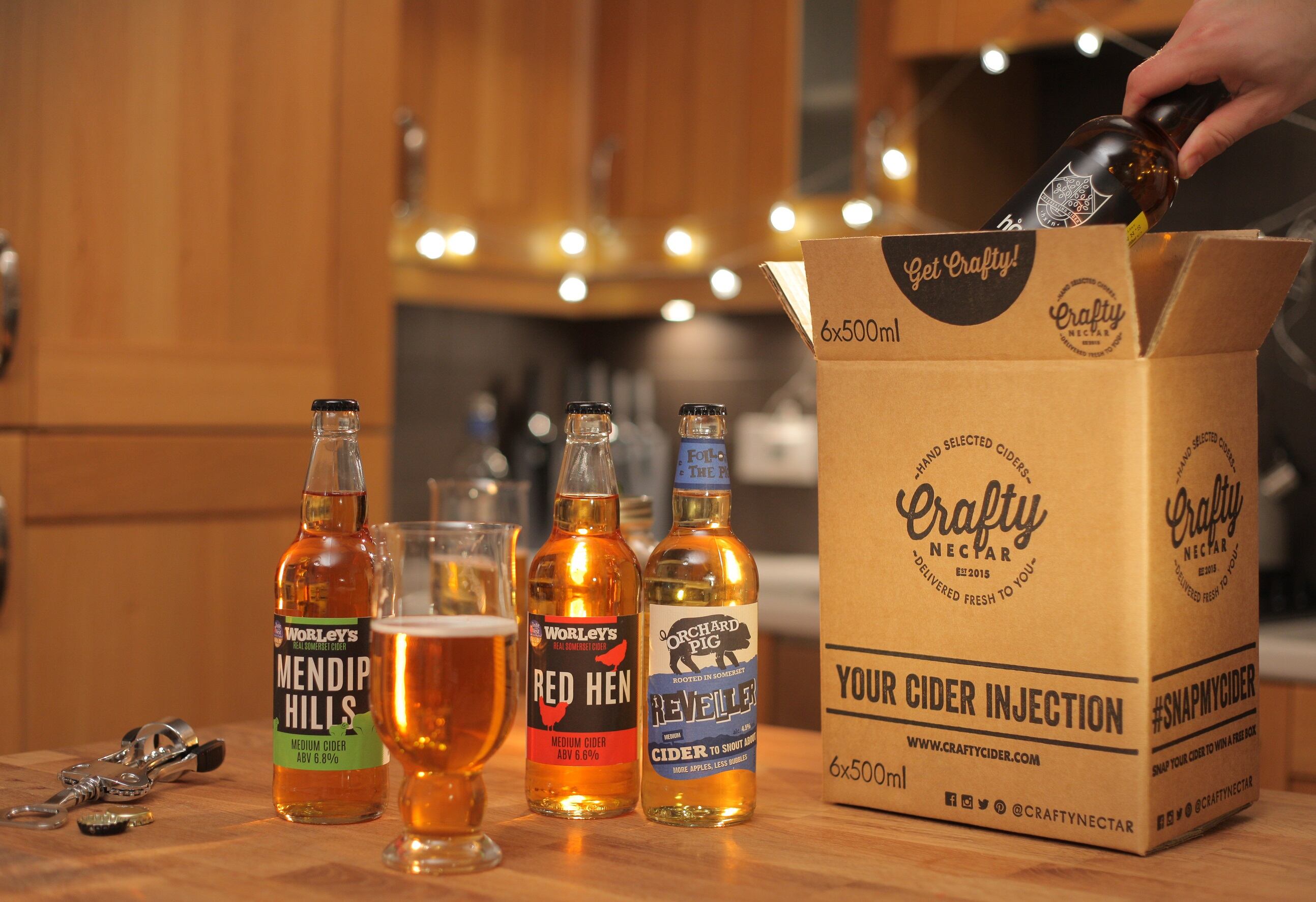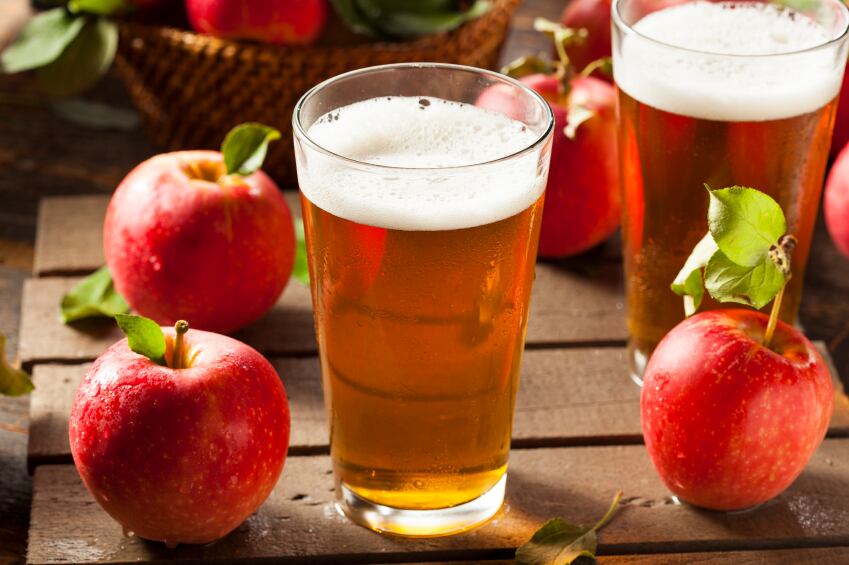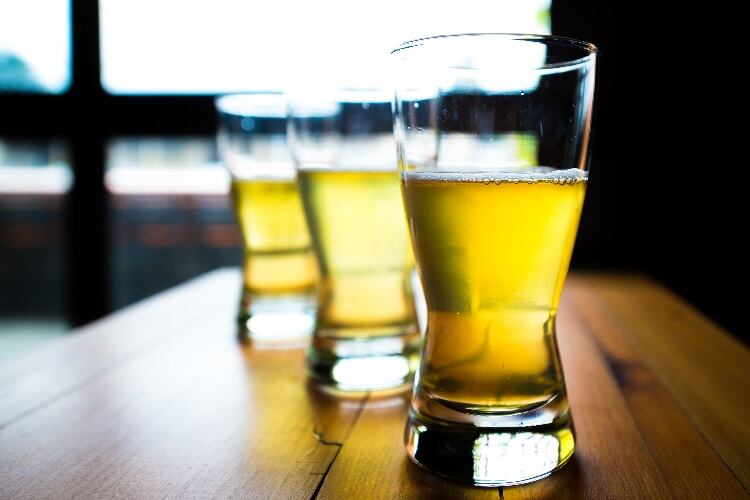Millennials are leading the charge towards craft cider; and the category is well-positioned to replicate the success that craft beer has seen in recent years, says Crafty Nectar co-founder Ed Calvert.
But educating consumers about craft cider will be key to the category's success. Crafty Nectar has recently launched two ‘craftsourced’ ciders – two products based on feedback from its subscribers – in an effort to showcase the best side of cider.
From Dorset to your door
In the UK – a cider stronghold where the market is valued at £2.7bn ($3.5bn) – craft cider sales represent around 10% of the cider market and sales have risen 20% over the last year. The movement resonates with millennials in their quest for local and authentic products.
Crafty Nectar co-founder Ed Calvert grew up surrounded by craft cider producers in rural Dorset. But on moving to London, he was shocked by the limited amount of good quality craft cider available in pubs and supermarkets in the capital (instead finding ‘mass produced ciders that are packed full of concentrates, artificial flavourings and low apple content’)
So he founded Crafty Nectar with James Waddington in 2015, delivering top craft cider brands straight from the orchard to consumers’ doors across Europe. It sends subscribers a box of six or 12 craft ciders each month, alongside tasting notes and reviews.
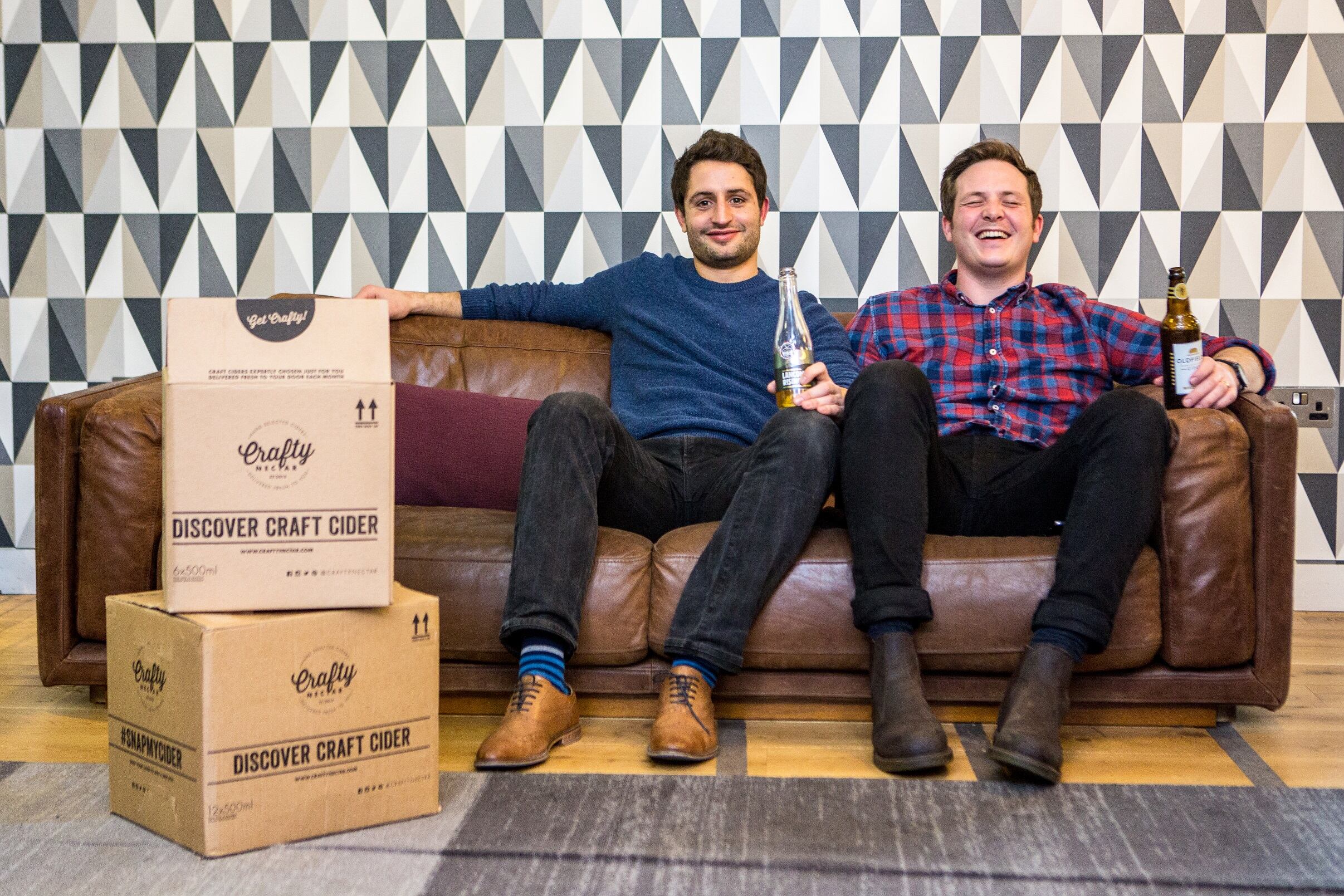
Crafty Nectar has generated over £85,000 ($110,000) in sales revenue since launch, distributing over 2250 boxes as of 2017. A recent crowdfunding round for its expansion raised more than £100,000 ($130,000) in less than 24 hours.
But a negative perception of cider is still a challenge for the craft category: and Crafty Nectar says one of the key elements of its business will be to educate consumers and landlords about the difference between ‘big cider’ and craft.
Defining craft cider
So what makes a craft cider? As in craft beer, the focus is on how the product is made.
“Most importantly, what defines cider as ‘craft’ is the process in which it is made,” Calvert told BeverageDaily. “Due to the small sizes of the batch, it means it can only come from 100% fresh pressed cider apples.
“The quality is also higher as apples are fermented and matured in small batches without using added sugar prior to fermentation and without the use of concentrates (the difference being mainstream ‘big ciders’ are produced with a low juice content and are pumped full of artificials).
Crafty Nectar bases its selection of ciders on three key parameters: branding, taste and location.
“To let customers fully discover cider, they have to experience the difference that each region’s terroir offers, for example the eastern counties in the UK make the cider from dessert apples, here in the south west we make our cider from cider apples.
“Branding is really important because we want to show people that craft cider has moved away from tractors, sideburns and pictures of apple trees and into the modern world. A world where the bottle is not just a receptacle to carry the cider but an artwork in itself.
"Taste is obviously a key measure here so we make sure we try all of our ciders before they are sent out.”
‘This is craft cider’s moment!’
“We’re excited about craft cider as it is becoming the new craft beer,” said Calvert. “This is craft cider’s moment. Craft cider represents about 10% of the market and its currently the only sector other than fruit within the industry that's growing.
“A change in consumer behaviours, led by millennials, is a substantial reason for the spike in craft’s popularity. We are seeing consumers now more than ever interested in what goes into the products they consume, along with how it is made.
"If this trend continues we are confident that craft ciders share of the industry will become much larger over the coming years, just as we have seen with craft beer.”
But relying on adventurous millennials is not enough: Calvert says educating consumers will be key if the category is to grow its success on a wider scale.
“The main challenge for the category will be changing people’s perceptions on craft cider. Big cider brands have tarnished the industry by creating mass produced tasteless dross, and then turning around to people telling them that is what cider should taste like.
"There is also a vision that cider is basically apple beer. Of course, these images are all rubbish. Artisan cider is much closer to a fine wine than a beer. So, one of the key elements of our business will be to educate consumers and landlords about the differences between “big cider” and craft cider; and getting more and more people drinking real cider.”
The ultimate craft cider?
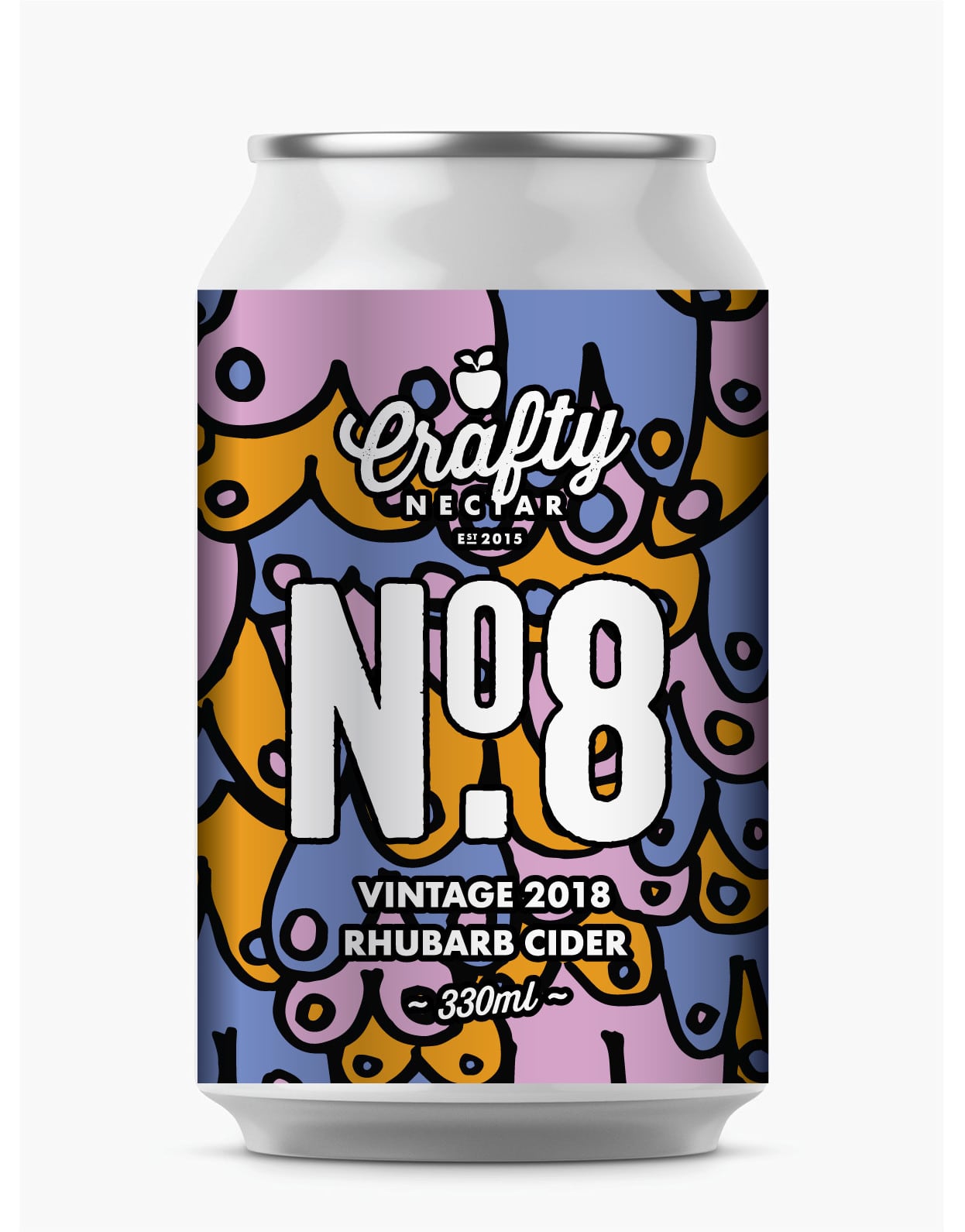
Crafty Nectar asked its subscribers what they want in the ultimate craft cider – resulting in ‘the world’s first and best craft-sourced ciders’. The result is Crafty Nectar No. 7 and No. 8.
No.7 is a medium, mellow and sparkling craft apple cider, made in collaboration with one of the UK’s top cider makers. Vegan friendly and gluten free, it’s blended from the finest, freshest pressed apples. No.8 Rhubarb Craft Cider is a sweet and sour cider with a tart edge; the Yorkshire sourced Rhubarb makes this cider a proper tangy taste with just the right amount of sweet flavours and aromas.
“Craft-sourcing cider is not about two founders tasting cider by themselves, basing their changes on what has already been done before. It’s about getting the people on board, the true cider lovers, to help perfect the art of craft.”
Crafty Nectar collaborated with UK artist Essex and the Cecils to design No.7’s and No.8’s labels.
Fruit ciders are not a fad
“One of the key areas that I think has to be a big opportunity is having good quality craft ciders available to pubs and restaurants in kegs," said Calvert.
"Bag in box is still the preferred way of selling cider to the trade, which is crazy in my eyes.
"Too often bag in box ciders are left on top of a bar going warm and the cider is always well past its best. This sort of thing does nothing for the perception of cider.
"Because of this lack in modernisation by the UK craft cider makers, we have found a real gap in the market for our kegged products."
The other major opportunity in the UK is premium craft fruit ciders, continued Calvert.
"Fruit ciders are not just a fad any more, they look good and truly here to stay.
"Because of the speed at which this sector is growing, it’s only a matter of time before customers decide they no longer want the sweet sugary mass produced fruits ciders currently on offer and will go out in search of properly made high juice content fruits ciders, like our very own No.8.”
Challenging beer strongholds
Crafty Nectar covers the UK and Europe. Cider already has a heritage in a number of markets; while in others there is the potential for it to grow, says Calvert.
"The UK’s market is by far and above the strongest in Europe at the moment, but France and Spain have a very steep history and tradition with cider.
"But I think the most exciting areas of Europe have to be the emerging markets, like The Czech Republic and Poland, these counties are really starting to switch onto cider and they certainly seem to like their apples as their cider consumption is growing year on year."

